Dear Editor:
I appreciated Bud Hyland’s August 2001 sketch of the scouting forces established by the several services, and can agree in general with his statements about their essential contributions. However, I must challenge his analysis of the 76-hour Tarawa operation of November 1943. The first three waves to hit Betio were in amtracs; later waves were in Higgins-type boats. As a navy corpsman with the 2nd Batallion, Eighth Marines, I was in the second wave of amtracs to hit Red Beach 3.
I can tell you that there was no lack of information about Tarawa atoll’s “dodging tides.” Our planners conferred intensively with traders and officials familiar with those waters. It was known that the tides could be dangerously inconsistent, but the decision had to be made in order to maintain the timetable for the entire Central Pacific campaign.
No reconaissance would have provided the immediate facts of offshore winds and delayed or absent air strikes, which, together with the retreat of the transports to get out of range of 8-inch fire from the island’s northwest tip, threw the landing schedule over a half-hour behind and made inevitable the grounding of the Higgins boats on the shelving reef surrounding Betio.
In later years the question has been asked whether more lives were lost in the shallow water on the reef than would have been lost if deeper water had denied us that narrow beachhead under the seawall. The boats would still have grounded somewhere short of the wall, and all landing troops would have had to climb it immediately, into the same fire that swept the reef with such deadly effect.
You’d better believe we watched in real concern as those later waves suffered as much as two out of three casualties. They were the reinforcements needed to prevent what could have been another Gallipoli.
As one who survived because the beach was there, I’ve always had mixed feelings about Johnny Cox and other friends who died on the reef. And one other feeling: the relief of survivors, always tinged with guilt: “Why me, and not Johnny.”
Frank Hutchins
Mountlake Terrace, Washington
Rome vs. Carthage
Dear Editor:
Your fine publication is usually even-handed. However, your editorial in the October 2001 issue on Rome’s ruthless rise to power seems one-sided. Carthaginians can hardly be considered innocent models of kindness and decorum, particularly in view of the years of devastation and annihilation perpetrated in Italy by Hannibal. If mortal enemies in the ancient world neither gave nor expected magnanimous terms, we should accept this as part of the historical record. Please focus on the factual coverage you do so well. If you really must moralize about brutality, there is always Tamerlane. He makes the Romans look like pacifists.
Betty Mack
Franklin, New Jersey
Los Baños Troops
Dear Sir:
In the August 2001 issue, page 79 (“Angels to the Rescue”), the caption is in error. The troops portrayed are infantry of the 38th Infantry Division, not parachute infantry. Read the shoulder patch of the two figures in the foreground; this is the 38th not the 11th Airborne Division. The painting is in error from a practical standpoint as division shoulder insignia were never worn on herringbone twill fatigue uniforms. Why can I contest the painting? I served as an infantry officer in New Guinea, off shore islands, Leyte and Luzon in the Philippines, 1944-1945.
Robert S. Sumner
Colonel, Inf. USA Ret.
Sheridan, It Was
Editor, Military Heritage:
I enjoy your magazine to which I have subscribed, but was dismayed to see in the Horace Porter article the confusion of General Philip H. Sheridan with General William T. Sherman at the Five Forks battle. I am sure it was Sheridan that Porter accompanied and that Professor Owens must have known that, but your proofreaders didn’t.
John F. Gustafson
Bethesda, Maryland
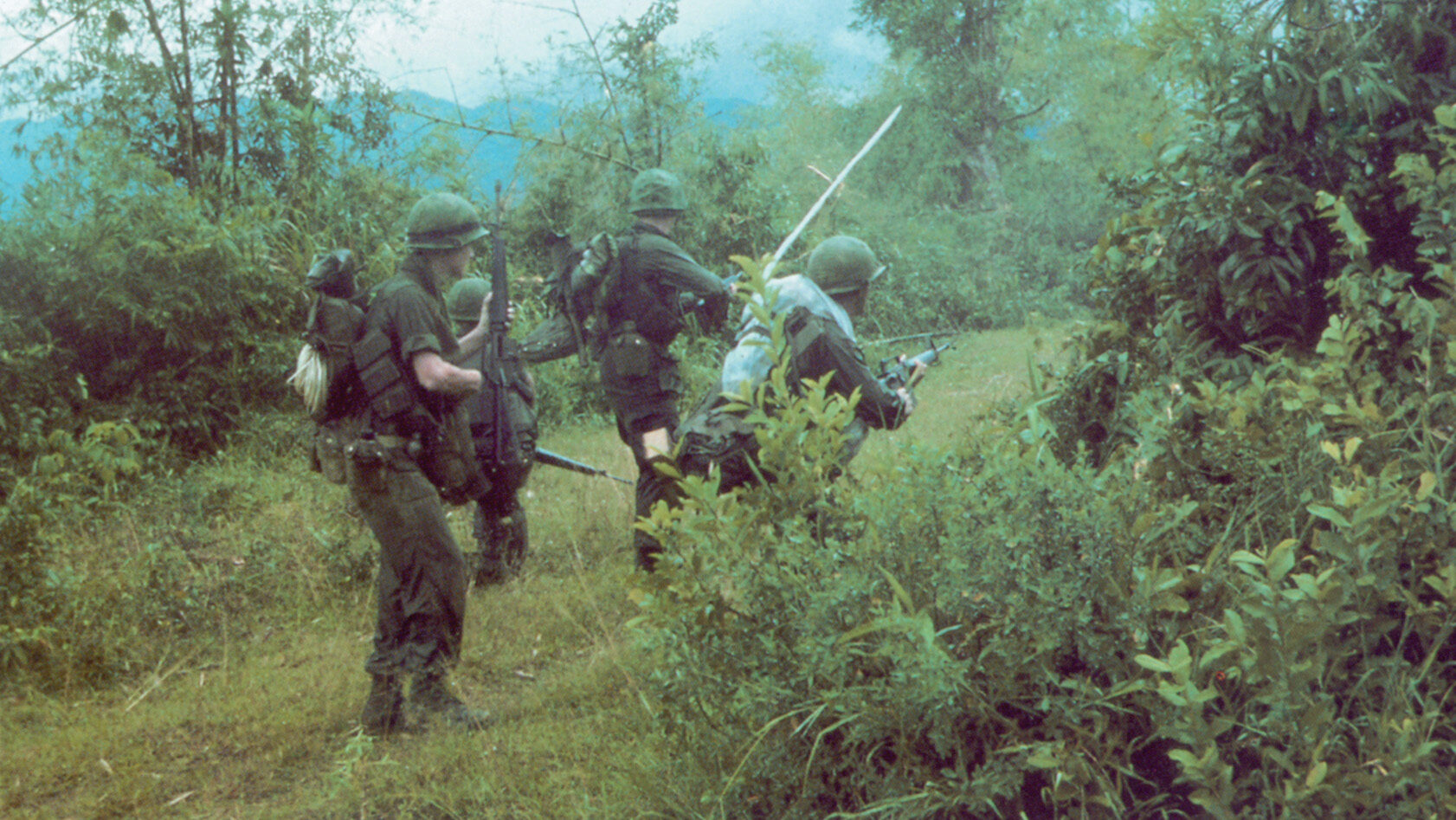
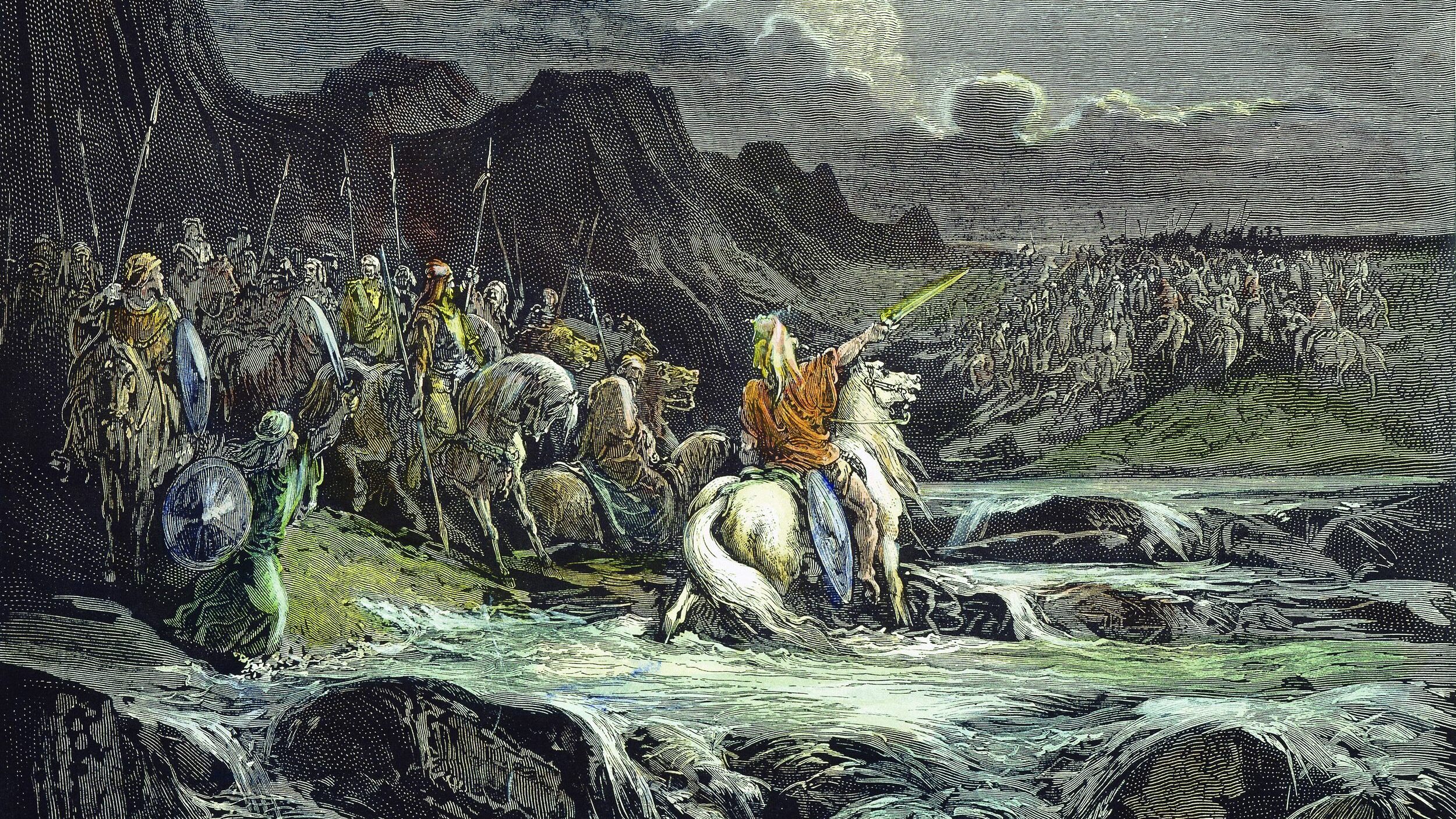
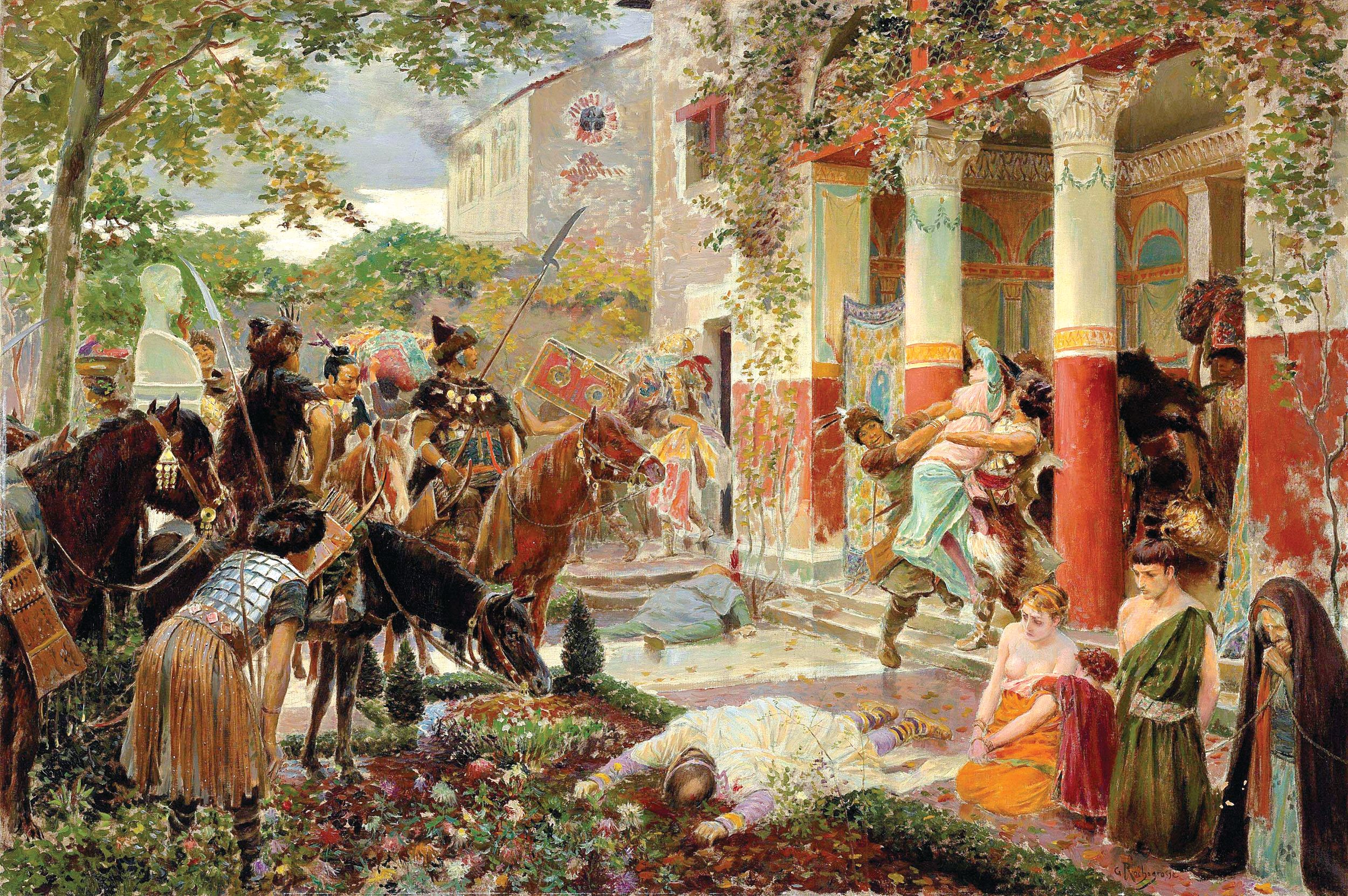
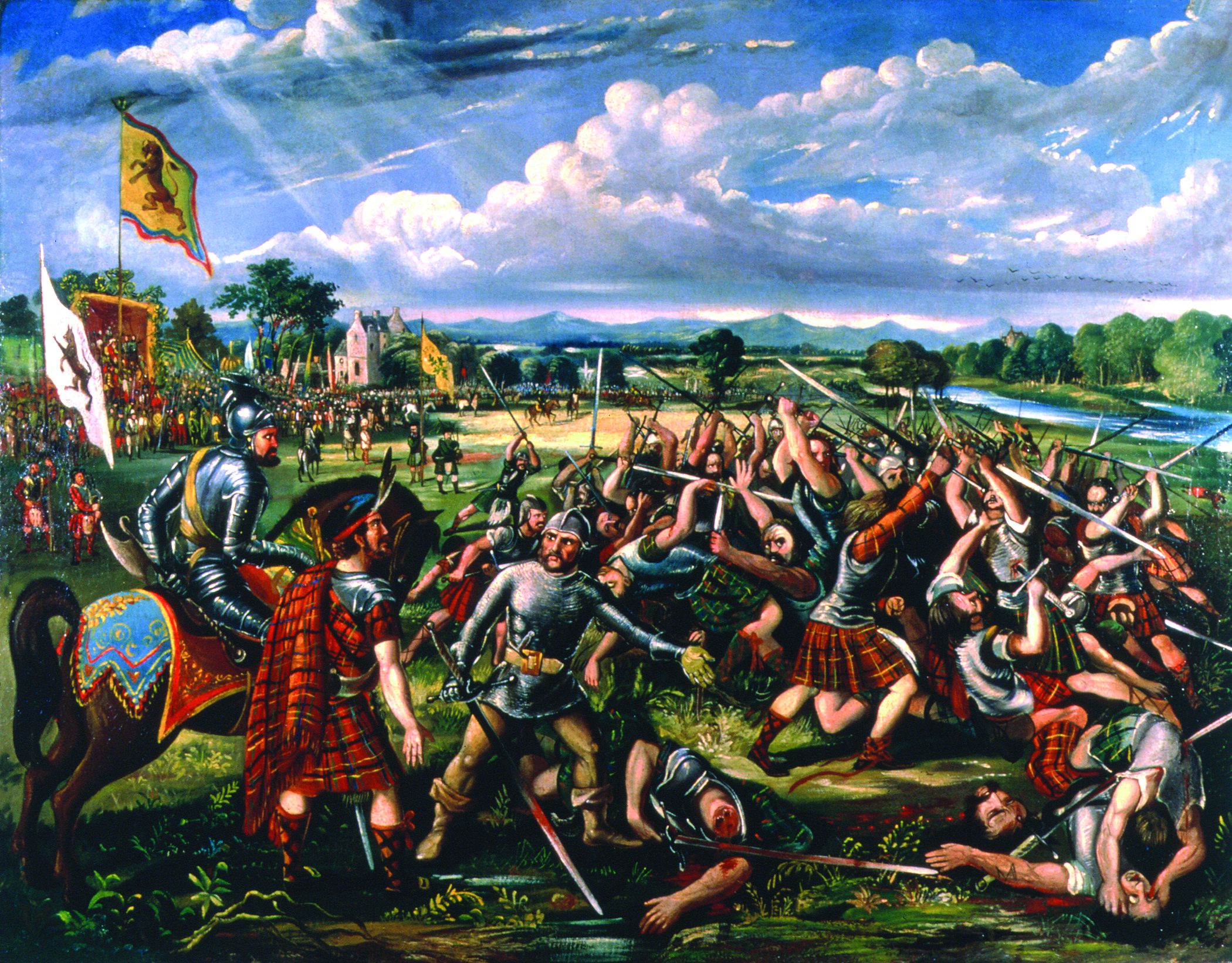
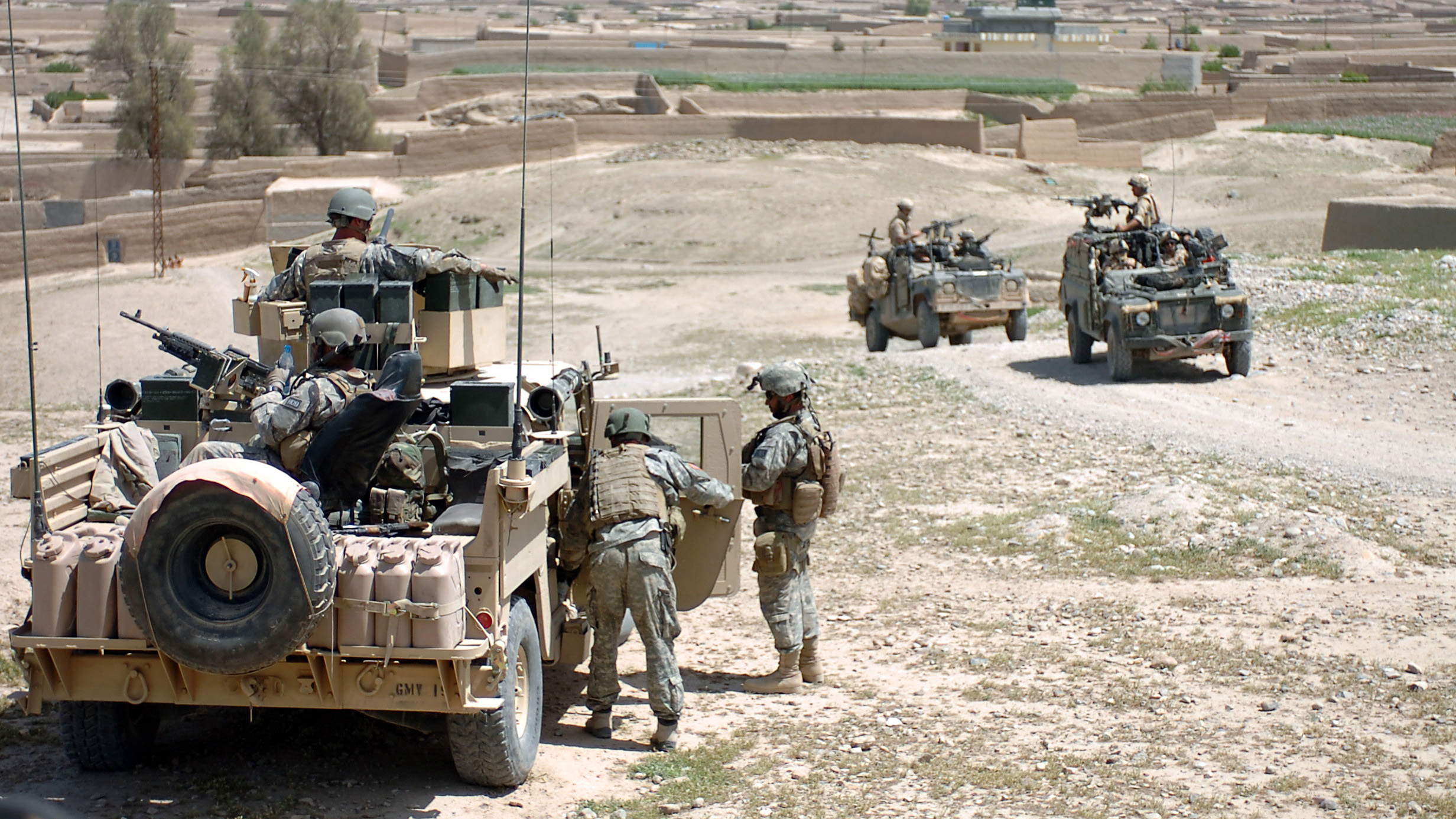
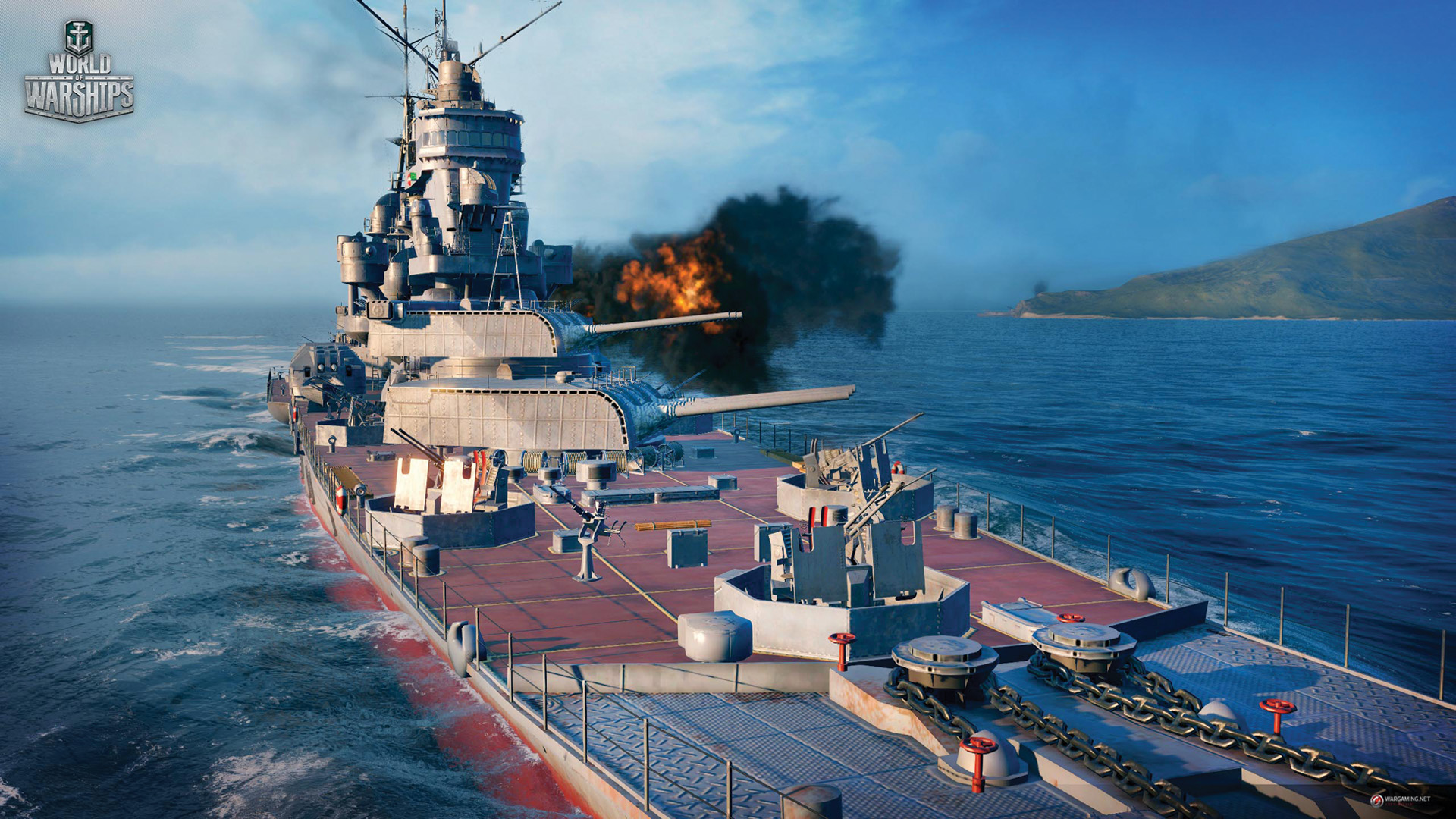
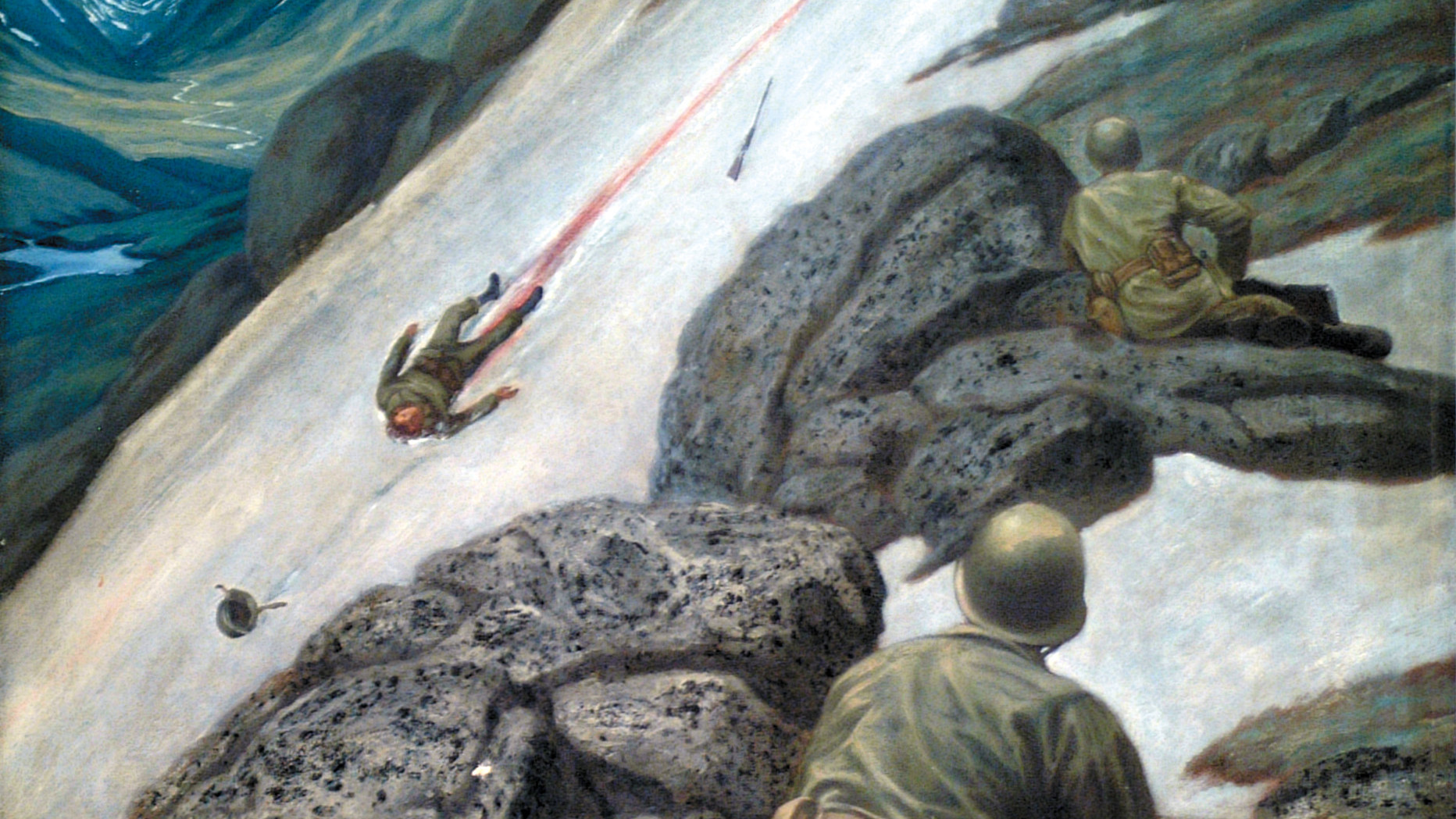
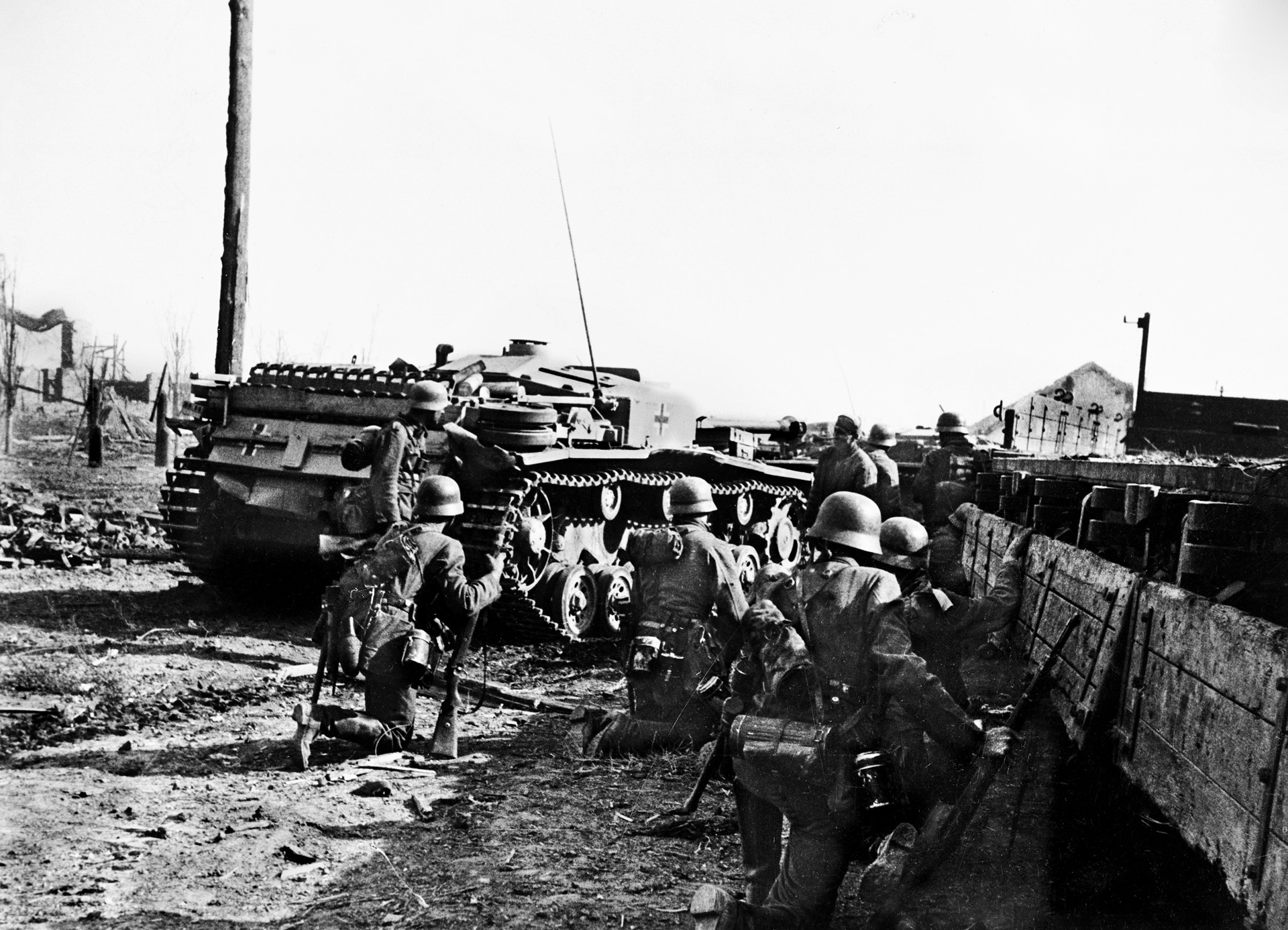
Join The Conversation
Comments
View All Comments